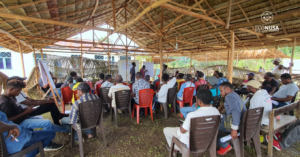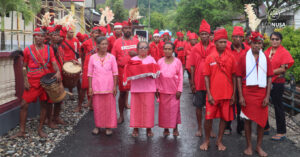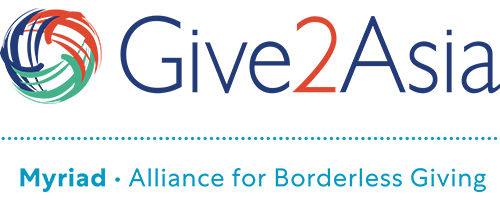
Coastal community at the Bird Head, West Papua Province, locally calls mangrove “mangi-mangi”. Mangrove Expedition 2019 organized by EcoNusa Foundation recorded that there were lots of mangi-mangi along the Bird Head coastal areas, particularly in Bintuni Regency. In Bintuni, there are 259.1 thousand hectares of mangi-mangi areas which are deemed the largest mangrove areas in Southeast Asia. The ecosystem remains very healthy so as to create fresh and tranquil ambience. However, behind the tranquil mangrove forest, every square meter has life. There are busy ecosystems with complex natural living.
Healthy mangrove ecosystem provides ecosystem service for free. Nature with nourishing mangrove provides benefit to community and revenue to the region. Shrimp, fish and mangrove crabs breed on such a good ecosystem. Thus, mangi-mangi ecosystem serves as if their haven for those animals.
Fortunately, mangrove ecosystem mostly belongs to Teluk Bintuni Nature Sanctuary. It implies that mangrove exists in strategic location of biodiversity within the national and provincial spatial planning. The indigenous community could earn for ‘local seafood’ for living on the buffer sanctuary zone that they manage traditionally. Let alone, the Regulation of Minister of Environment and Forestry No. 34/2017 on the recognition and protection of local wisdom on natural resources and ecological management which conserve livelihood territory for the indigenous peoples. Basically, the regulation acknowledges the knowledge and practices of the indigenous people and local community. It includes way of life, both written and oral traditions inherited from generations to generations concerning with the protection and management of environment and natural resources in sustainable way.
Sulfianto, Director of Panah Papua Foundation, who has so far provided assistance to Nusei Village in Babo, West Papua, said that the community has made zoning map consisting of indigenous regions, conservation and cultivation areas. With the mapping, the community recognizes the eligibility of natural resources for their livelihood. The community catches mangrove crabs on the river border which is 10 meters away from the mangrove buffer zone. Fish and shrimp are caught on the mangrove ecosystem. The location where they get ‘local seafood’ has been protected by the community from generation to generation for their survival. “The fish surrounding the mangrove is usually female with eggs. If they are caught, they are released soon,” said Sulfianto.
He also explained that the community could catch 20-30 mangrove crabs in one hunting trip. They then sell the crabs to a middleman with at least 3 ounce in weight for IDR15,000 per kilogram. “In Nusei Village, we jointly with the community has established seven groups of local women. Each group has seven to eight members. One of the programs is the production of abon (shredded and fried meat) made of crabs. The program runs in January to April 2018 with supports from EcoNusa and Kemitraan Foundations,” he said. He added that since 2019 the community got IDR500 million Village Fund per year to facilitate those groups.
However, the traditional livelihood area for Nusei community is under threat. There is a company cutting mangrove trees. The condition spoils the habitat of mangrove crabs and traffic of traditional boat along the mangrove areas. Worse still, the breeding haven for fish and shrimp will be destroyed. Besides, the condition gets worse upon noting that fishermen outside the village also hunt ‘local seafood’ while ignoring the local wisdom which will hamper the existing natural resources.
In 2018, the Natural Resources Conservation Agency (BKSDA) for Fauna found six boxes of crabs at Rendani Airport in Manokwari. The crabs are female with eggs. “This is unfair because local community always sets free the female crab with eggs if they are trapped on their nets. The existing outside fishermen has declined the catch for local community from time to time,” Sulfianto worried.







